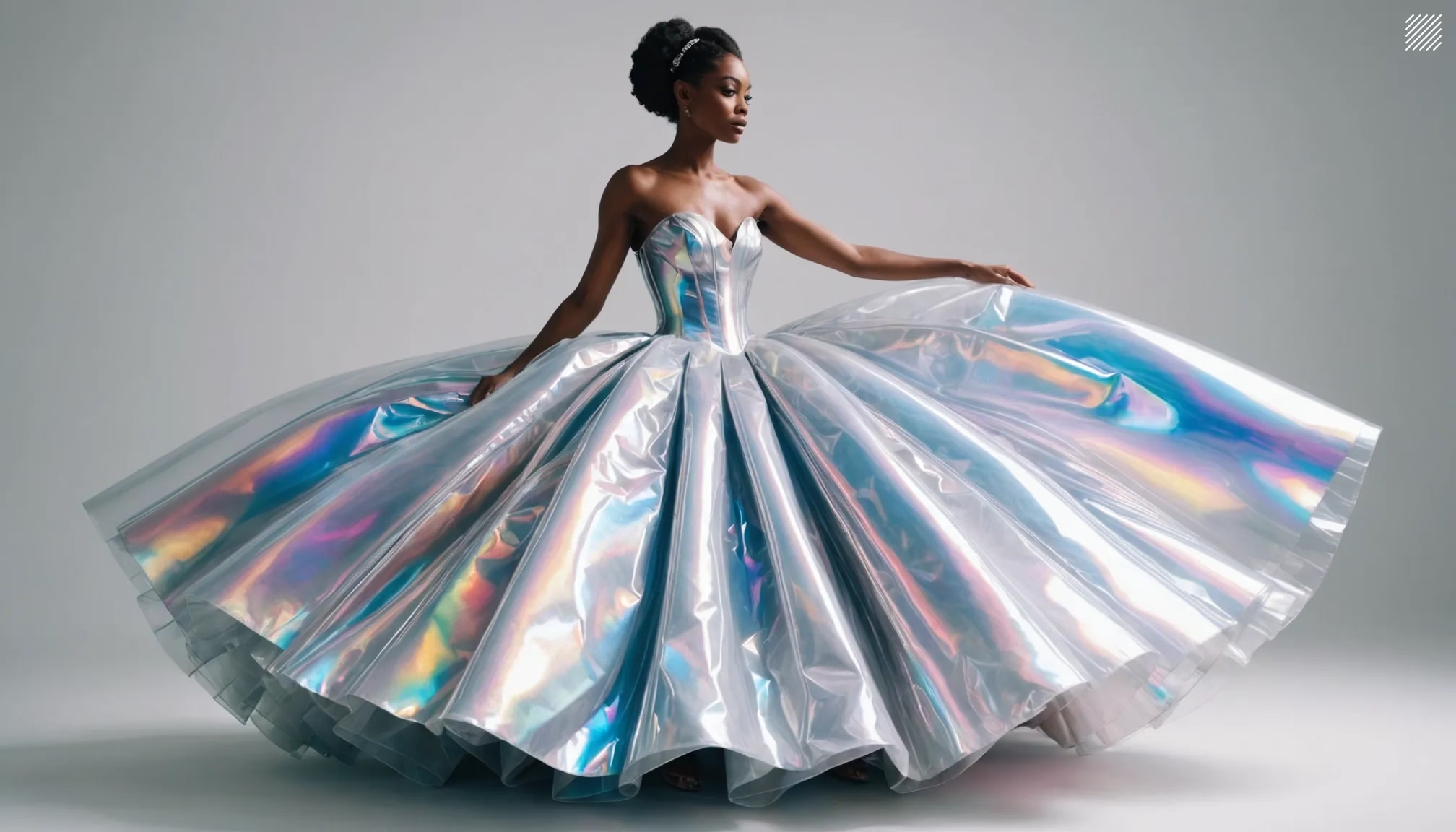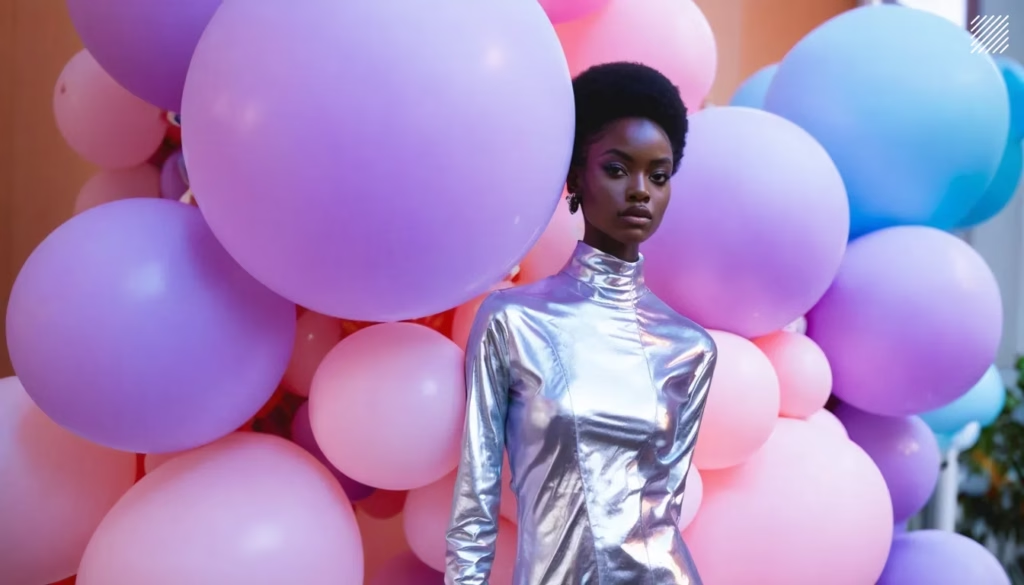
The fusion of artificial intelligence and fashion design has opened new doors for emerging designers, enabling them to compete in an increasingly competitive market. Through innovative AI tools and creative vision, these designers are reshaping the fashion landscape. Here are inspiring stories of designers who have leveraged AI technology to build successful fashion brands.
Sarah Chen: Revolutionizing Sustainable Fashion with AI
Sarah Chen launched her sustainable fashion brand, EcoThread, in 2022 with a bold vision: to eliminate design waste through AI-powered pattern optimization. Coming from a background in environmental science, Chen faced initial skepticism about her ability to succeed in fashion design.
“Traditional pattern-making typically results in 15-20% fabric waste,” Chen explains. “By implementing AI algorithms for pattern layout and cutting, we’ve reduced our waste to just 4%, while creating unique, marketable designs.”
Key Achievements:
– Reduced material waste by 80%
– Increased production efficiency by 60%
– Generated $1.2M in revenue within first year
– Featured in Vogue’s “Innovators to Watch”
Marcus Rodriguez: Democratizing Custom Fashion
When Marcus Rodriguez started CustomFit AI, he aimed to solve a persistent problem in the fashion industry: the lack of truly inclusive sizing. His AI-powered platform uses computer vision and machine learning to create perfectly fitted garments based on just two customer photos.
“Traditional sizing systems fail to account for the incredible diversity of human bodies,” Rodriguez shares. “Our AI technology has enabled us to create custom-fitted clothing at scale, making designer fashion accessible to everyone.”
Business Impact:
– Served over 50,000 customers in first 18 months
– Achieved 95% customer satisfaction rate
– Reduced returns by 82% compared to industry average
– Expanded from t-shirts to full clothing line
Emma Watson: AI-Powered Trend Prediction
Emma Watson’s journey with her brand, TrendScope, demonstrates how AI can help designers stay ahead of market demands. Her AI system analyzes social media trends, runway shows, and street style photos to predict emerging fashion trends with remarkable accuracy.
“As an independent designer, I couldn’t afford expensive trend forecasting services,” Watson notes. “Developing our own AI-powered trend prediction tool has allowed us to compete with major fashion houses.”
Results:
– Predicted 8 out of 10 major trends in 2023
– Reduced unsold inventory by 65%
– Increased profit margins by 45%
– Attracted investment from major fashion tech VCs
Yuki Tanaka: Merging Traditional Craftsmanship with AI
Japanese designer Yuki Tanaka’s brand, NeoKimono, uses AI to reinvent traditional garments for modern consumers. His AI system analyzes historical kimono patterns and contemporary fashion trends to create unique fusion designs.
“AI helps us preserve traditional techniques while making them relevant for today’s market,” Tanaka explains. “Each design is a perfect balance of heritage and innovation.”
Achievements:
– Successfully entered international markets
– Collaborated with major luxury brands
– Featured in multiple fashion weeks
– Achieved 300% year-over-year growth
Lessons Learned: Key Success Factors
These success stories share common elements that contributed to their breakthrough:
1. Clear Problem Focus
Each designer identified a specific industry challenge and used AI as a tool to solve it, rather than implementing technology for its own sake.
2. Human-AI Collaboration
Success came from finding the right balance between artificial intelligence and human creativity, using AI to enhance rather than replace human design decisions.
3. Iterative Development
All designers started with a minimal viable product and continuously refined their AI systems based on real-world feedback and results.
4. Market Responsiveness
The ability to quickly adapt to market feedback and changing trends proved crucial for sustained success.
The Future of AI in Fashion Design
These case studies demonstrate that AI is not just a tool for large fashion houses – it’s becoming increasingly accessible to emerging designers. As AI technology continues to evolve, we can expect to see more success stories from innovative designers who leverage these tools to create unique value in the market.
Key Takeaways for Aspiring Designers
– Start with a clear problem to solve
– Invest in understanding AI capabilities and limitations
– Build strong feedback loops with customers
– Focus on sustainable and scalable solutions
– Maintain the balance between technology and creativity
Looking Forward
The success of these designers proves that AI is democratizing the fashion industry, creating opportunities for innovative creators to compete with established brands. As AI tools become more sophisticated and accessible, we expect to see even more breakthrough success stories from emerging designers.


